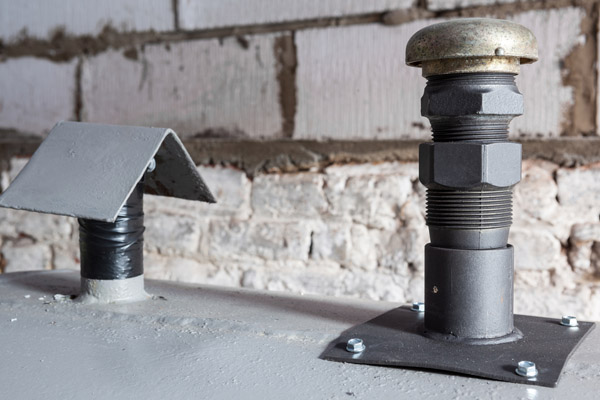
Heating systems that use heating oil have fuel oil tanks to store and secure fuel. This setup works, but it is not perfect. Water can sometimes find its way inside the heating oil tank. This can result in several problems, like oil tank condensation. Fortunately, this common issue is mostly a preventable one.
Oil Tank Condensation: What You Should Know
Contents
- 1 Oil Tank Condensation: What You Should Know
- 1.1 How & Why Water Gets Into Your Home Oil Tank
- 1.2 What Will Happen If There’s Water Inside My Heating Oil Tank?
- 1.3 How To Keep Water From Getting Into Your Heating Oil Tank
- 1.4 How A Professional Removes Water From Your Oil Tank
- 1.5 Potential Damages If The Water Isn’t Removed From Your Oil Tank
- 1.6 Conclusion
- 2 Call PFO Heating & Air Conditioning For Reliable Heating Oil Deliveries
Keep reading to learn more about oil tank condensation and the steps to prevent it from occurring.
How & Why Water Gets Into Your Home Oil Tank
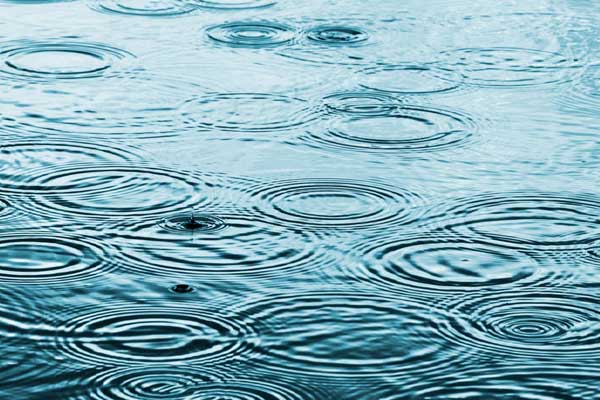
Water can be found everywhere and has various forms. It can gradually make its way into your tank as time passes. You are in a better position to stop it from recurring if you can find out how the water was able to get into the oil tank.
- Rainwater: A tank that is located outside means it is exposed to rainwater. Water is persistent, so it can get inside your tank through loose caps and lids, and other narrow gaps and tight spaces. Tanks placed near the house have a high chance of being affected when the gutter overflows. Weak areas are likely to present in old oil tanks, such as cracked walls and damaged seals.
- Condensation: Regardless of where the tank is placed, condensation poses a threat at all times. The air vents can pull in moist air from outdoors. Water vapor can condense to liquid if the temperature inside is low enough. As a result, droplets form in the interior walls of the tank and eventually drip down the tank’s base. A few drops aren’t a major problem, but the condensation can get worse as time passes unless something is done about it.
- Groundwater: If you have an underground tank, water can get inside if holes are present around it. This is a problem because water isn’t only getting inside as oil is also leaking out and contaminating the soil. Ensure that you call for professional assistance for any damage in your underground oil tank.
What Will Happen If There’s Water Inside My Heating Oil Tank?
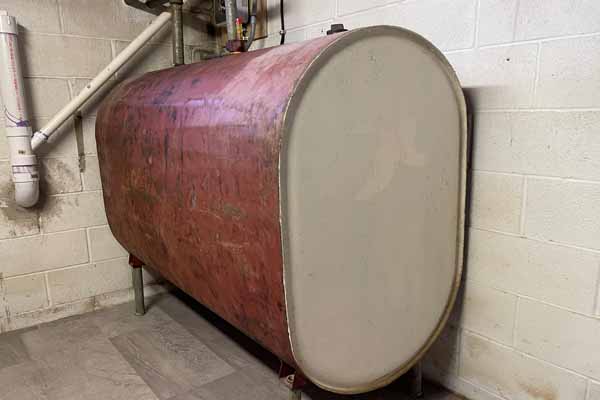
Oil floats on water, so it is hard to detect the presence of moisture through observation alone. This is even more difficult when you have an underground tank due to inaccessibility. Water can remain undetected for a long time in many cases. The presence of water only becomes evident when the symptoms pop up.
It is better to be proactive in preventing water from getting in your tank than dealing with the damage it can cause in your oil tank. Regular checks can save you a lot of hassle. Routine checks include using a water-finding paste. Put it to the base where the water has probably settled. Make sure that the paste you use is recommended by the manufacturer, or you can consult a heating oil expert. If the paste changes color, it means there is moisture. Large quantities of water need immediate attention from a professional.
How To Keep Water From Getting Into Your Heating Oil Tank
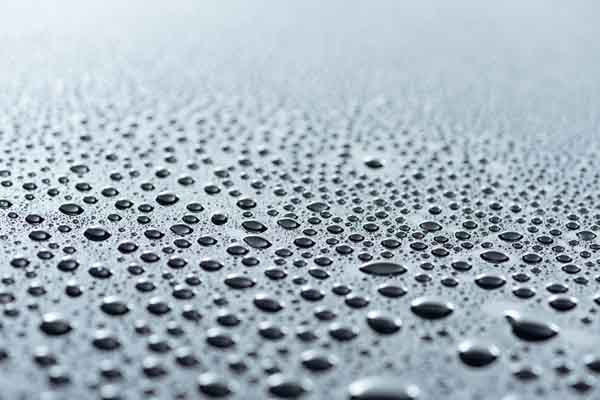
Once you know how water can get in your tank, you can now focus on preventing more water from getting inside your oil tank. Here are some basic steps you can do:
- Inspect the Fuel Oil Tank: Habitually check your tank’s exterior for signs of damage like paint chips, perforations, and rust. Check that all caps and lips are tightly closed. If not, screw them tightly.
- Test for Water: A visual check is not enough as it cannot reveal everything. It is best to test the water at regular intervals. Use a water-finding paste and try to reach the bottom of the tank. If you own an underground tank, a soil contamination test will do.
- Protect The Heating Oil Tank from Heat: If you are getting a new tank, ensure it is under a shade. Paint its exterior with reflective, light-colored paint to protect it from heat. Doing these will help reduce condensation inside the cylinder that happens with large temperature fluctuations occurring outside the tank.
- Keep Your Oil Tank Full: Letting the fuel level drop to very low levels means moist air can get in your tank. This increases the likelihood of condensation. Schedule a heating oil delivery before this happens. Ensure your tank remains full in both the heating season and the off-season.
- Call the Pros: A reliable HVAC professional can check your heating oil tank. They can also replace old ones as needed. A professional can also recommend the best place to install it so it will have a long service life.
How A Professional Removes Water From Your Oil Tank
A positive moisture test result means the standing water needs to be removed. It can be done in three ways, but you should let a professional do it. Here are the three methods an HVAC professional may do, depending on what the situation calls:
- Drain: Metal tanks are equipped with a sludge valve at their base. A professional can open it to remove the water. However, some oil may also run out. A professional will collect the oil and dispose of it properly.
- Pump: Plastic tanks aren’t fitted with a valve, so a hand pump is required to remove small quantities of water. Call the pros for large volumes of water, as a hand pump may be insufficient to handle this task.
- Absorb: A professional may also use a water-absorbent sock. They will place it inside the tank to keep moisture from settling at its base. The socks need replacing every few months, and the old socks will be disposed of carefully. A pro may also utilize an alcohol-based dispersant.
Potential Damages If The Water Isn’t Removed From Your Oil Tank
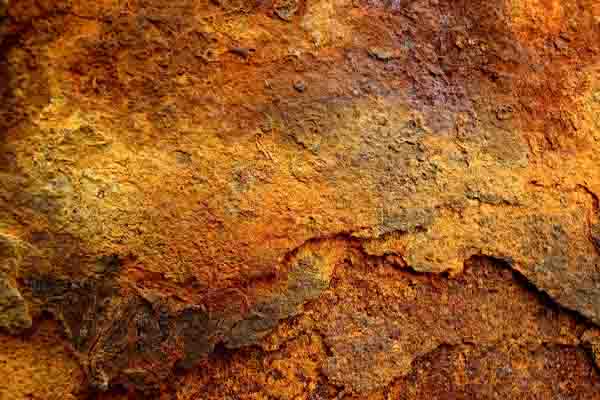
- Oil Tank Rust: People may think water cannot cause harm, so they completely ignore the problem. However, doing so can cause damage to your heating system after some time. For example, water can cause corrosion on the oil tank walls. Most steel oil tanks rust from the interior. The tank may look like nothing is wrong from the outside, but it could be wasting away from the inside. It will result in weak walls and other problems down the line. The efficiency and performance of the system will also plummet.
- Freezing: Oil has a low freezing point. Therefore, you don’t have to worry as it can sit in the cold during winter. On the other hand, water will freeze when the temperature drops to 32 degrees Fahrenheit or 0 degrees Celsius. This commonly occurs in some areas. If there’s water in the tank, it can freeze and block the oil supply pipes, leading to system failure when you need home heating the most.
- Bacteria: Bacteria are encouraged to grow in moist environments. If there is water in your oil tank, it becomes an ideal place for them to multiply. They can become sludge that builds up at the bottom of the tank. They can also release acid that corrodes the tank faster. This can also affect the fuel lines, filters, and burners, causing major issues.
Conclusion
Water shouldn’t be inside an oil tank. Ensure water doesn’t get in your tank to prevent damage and heating system problems. Take proactive steps by following the prevention tips in this article and ask for professional assistance from an HVAC expert for advanced cases.
Call PFO Heating & Air Conditioning For Reliable Heating Oil Deliveries

When you’re searching for a reputable heating oil delivery company, you can contact PFO Heating & Air Conditioning.
We offer the best home heating oil delivery and the most reasonable heating oil prices in the area. Our team of expert technicians also provides HVAC services to help improve the performance and efficiency of your heating equipment. Should you require a new heating oil tank for your home or office, you can trust our experts to find the best one to meet your needs.
Call PFO Heating & Air Conditioning today and learn more about the services we offer. We will be happy to answer all your questions and concerns.
Click here to contact us now or call us at (800) 253-9001 to find out more! Click the link to view our service area.



